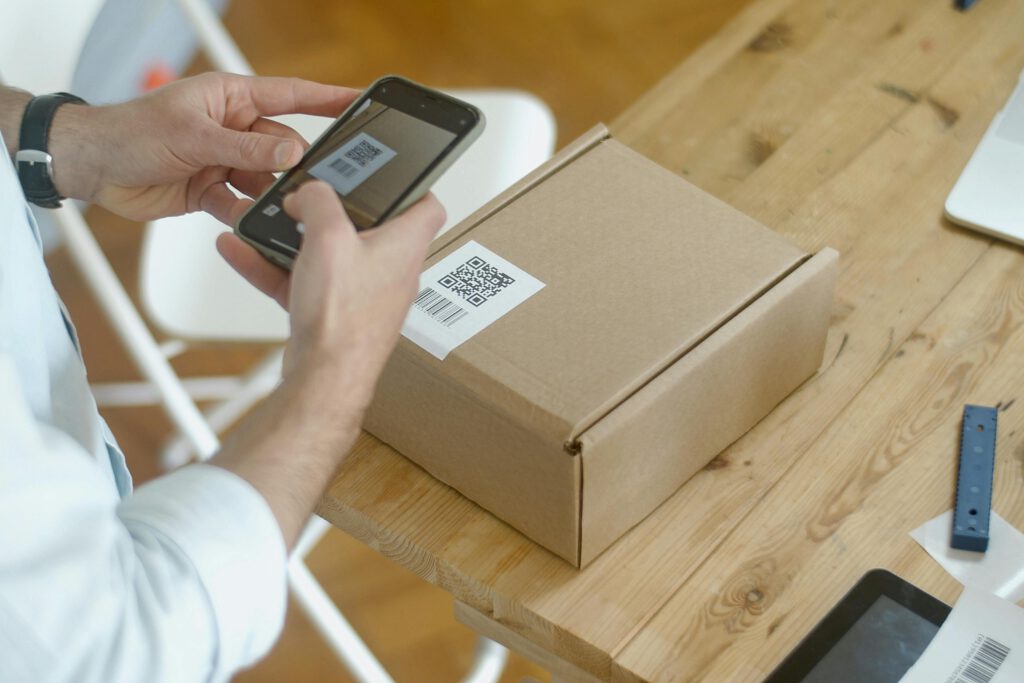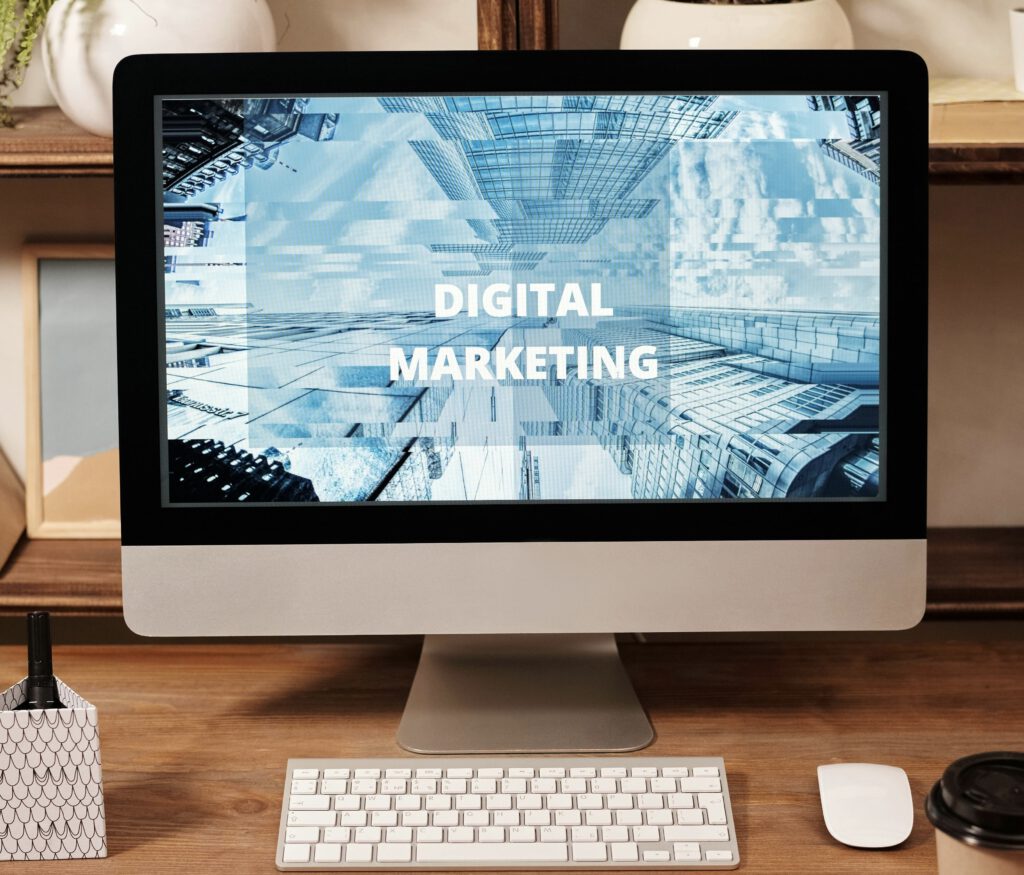What is E-Commerce and Retail?
E-Commerce (electronic commerce) refers to the buying and selling of goods, services, or digital products over the internet. It enables businesses and individuals to conduct transactions online, eliminating the need for physical interaction. Retail, in the context of e-commerce, involves the direct sale of goods or services to consumers for personal use.
E-Commerce and Retail can take many forms, ranging from online stores and digital marketplaces to subscription services and dropshipping models. It has revolutionized traditional retail by making products accessible globally, 24/7.
What Does E-Commerce and Retail Include?
1. Online Stores
- Businesses sell directly to consumers through dedicated websites or marketplaces.
- Platforms like Amazon, Shopify, and eBay enable entrepreneurs to list and sell products globally.
- Products can be:
- Physical Goods: Clothing, electronics, beauty products.
- Digital Goods: E-books, software, music, templates.

2. Digital Dropshipping
- A streamlined version of e-commerce, where the seller does not hold inventory or handle shipping.
- For physical products, the supplier ships items directly to customers on behalf of the seller.
- In Digital Dropshipping, sellers focus on digital products like:
- E-books.
- Online courses.
- Software and licenses.
- Design templates.
- Benefits:
- No inventory or warehousing needed.
- Instant delivery of digital products.
- Low startup costs.

3. Subscription Services
- Recurring revenue models where customers pay for ongoing access to products or services.
- Examples:
- Netflix (digital streaming).
- Monthly subscription boxes (physical goods).

4. Marketplaces and Platforms
- Platforms like Etsy, Alibaba, and Facebook Marketplace
- connect sellers and buyers, offering:
- C2C (Consumer-to-Consumer) transactions: Consumers sell to one another.
- B2B (Business-to-Business) transactions: Businesses supply goods to other businesses.

5. Payment Systems
- Online payment gateways like PayPal, Stripe, and digital wallets facilitate secure transactions.
- Emerging technologies like cryptocurrency are increasingly being integrated.

6. Logistics and Fulfillment
- For physical goods:
- Companies like Amazon FBA handle storage, packing, and shipping.
- For digital goods:
- Products are delivered instantly through download links or emails.

7. Marketing and Advertising
- Strategies to attract customers and drive sales, including:
- Search Engine Optimization (SEO): Optimizing websites to appear higher in search results.
- Social Media Advertising: Platforms like Facebook, Instagram, and TikTok for targeted ads.
- Email Campaigns: Personalized offers and updates sent to potential customers.

8. Affiliate Marketing
- Promoting third-party products or services in exchange for a commission on sales.
- Commonly used by bloggers, influencers, and content creators.

9. Stock and Print-on-Demand Services
- Print-on-Demand: Sell custom-designed products (e.g., T-shirts, mugs) that are printed and shipped only when ordered.
- Stock Photography and Digital Assets: Selling photos, videos, or design elements through platforms like Shutterstock.

Why Are E-Commerce and Retail Important?
- Global Reach: Businesses can target customers worldwide without geographical constraints.
- Convenience: Shoppers can browse and purchase at any time, increasing sales potential.
- Lower Costs: Many models (e.g., dropshipping, digital products) eliminate traditional overhead costs like warehousing.
- Innovation Opportunities: Entrepreneurs can explore creative niches and digital solutions.
Why Should You Use E-Commerce and Retail to Earn Money Online?
E-Commerce and retail are powerful ways to generate income online because they provide diverse opportunities, low barriers to entry, and access to a global market. By combining the digital convenience of e-commerce with the personal touch of retail strategies, you can build a sustainable and profitable business. Here are the key reasons to embrace this approach:
1. Wide Range of Opportunities
- E-Commerce: Focus on online platforms to sell products, services, or digital goods.
- Retail: Enhance the customer experience by offering personalized products, quality service, or unique brand stories.
- You can blend traditional retail principles (customer focus, product curation) with e-commerce innovation to stand out.
2. Global Market Reach
- E-commerce enables you to sell products to anyone, anywhere, without geographic limitations.
- You can expand your customer base beyond a local store by targeting global audiences through platforms like Amazon, Shopify, or Etsy.
- Digital tools like multilingual websites and global shipping solutions make international retail seamless.
3. Scalability
- E-commerce and retail allow businesses to grow rapidly without requiring significant infrastructure investments.
- You can scale your operations by adding new products, targeting additional demographics, or using digital marketing campaigns to boost sales.
4. Low Startup and Operating Costs
- Starting an online retail business typically requires less capital compared to a brick-and-mortar store.
- Inventory costs can be minimized through models like dropshipping or print-on-demand.
- You save on expenses such as rent, utilities, and in-store staffing.
5. Diverse Revenue Models
E-commerce and retail offer various ways to make money online, including:
- Dropshipping: Sell products without managing inventory.
- Digital Products: Offer e-books, courses, or software with high-profit margins.
- Subscription Services: Create recurring income through monthly subscriptions.
- Customizable Goods: Use print-on-demand to sell personalized items.
- Affiliate Marketing: Earn commissions by promoting third-party products.
6. Flexibility and Convenience
- You can run your e-commerce and retail business from anywhere in the world with an internet connection.
- Manage operations on your schedule, whether it’s a side hustle or full-time effort.
- Offer customers 24/7 access to your store, maximizing sales potential.
7. Customer Insights and Personalization
- Digital tools allow you to collect and analyze customer data, helping you understand preferences and buying habits.
- Personalize shopping experiences by offering tailored recommendations, discounts, or loyalty programs.
- Build customer relationships with email marketing, social media interactions, and online chat support.
8. Growing Consumer Trends
- Online shopping continues to rise as more people prefer the convenience of purchasing from home.
- Trends like eco-friendly products, niche marketplaces, and mobile shopping create opportunities to target specific audiences.
- Social commerce (selling through platforms like Instagram or TikTok) combines retail strategies with e-commerce’s digital reach.
9. Advanced Tools and Technologies
- Platforms like Shopify, WooCommerce, and Amazon offer built-in tools for:
- Inventory and order management.
- Payment processing.
- Marketing and analytics.
- Automation tools reduce time spent on repetitive tasks, allowing you to focus on scaling your business.
10. Potential for Passive Income
- Models like dropshipping or selling digital products enable you to generate revenue with minimal ongoing involvement.
- Once systems are set up, you can focus on growing your business rather than managing day-to-day operations.
11. Adaptability and Innovation
- E-commerce and retail are constantly evolving to embrace new technologies like artificial intelligence, augmented reality, and voice commerce.
- You can stay competitive by leveraging trends such as live shopping, social media advertising, and influencer marketing.
Conclusion
Using e-commerce and retail to earn money online is a smart, versatile strategy that offers opportunities for growth, scalability, and financial independence. By combining the global reach and convenience of e-commerce with the personal, customer-focused principles of retail, you can create a successful and sustainable online business. Whether you’re selling physical goods, digital products, or offering unique services, this approach provides a strong foundation for long-term success.